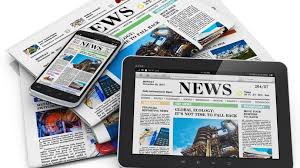As the Fourth Revolution progresses, we can hear a lot about the rise of inequality mainly in the field of finances and income. But modern inequality is also very much – and increasingly- informational. We already discussed for example in the post ‘How the Transformation of the Press Business Model Makes Access to Quality Information More Difficult‘, but let’s take a wider view of the situation.

There are good quality news outlet out there, that try to stick to journalistic principles. They may be orientated one way or the other, and the editor may favor a certain view on things, but this is generally known as the editorial line of the media. The thing is, access to this media is increasingly paying. Be it traditional press, new news portals and edited aggregators, access increasingly requires subscription.
If you can’t afford subscriptions, or if that’s not culturally on your priority list, what does remain? Public news outlets that are free, some traditional outlets that still manage to be ad-funded, or social networks. And it is this reliance on social networks that is at the origin of quite a number of issues today such as the polarization of society and more extreme groups. Before, the newspaper was displayed to be available for all to read on crowded streets, but not any more.
Thus in the past few years, access to information inequality has grown drastically up to becoming a real societal concern. It certainly needs to be fixed more urgently than income inequality, because the situation may create substantial disruption with groups of citizens living increasingly in parallel worlds.
